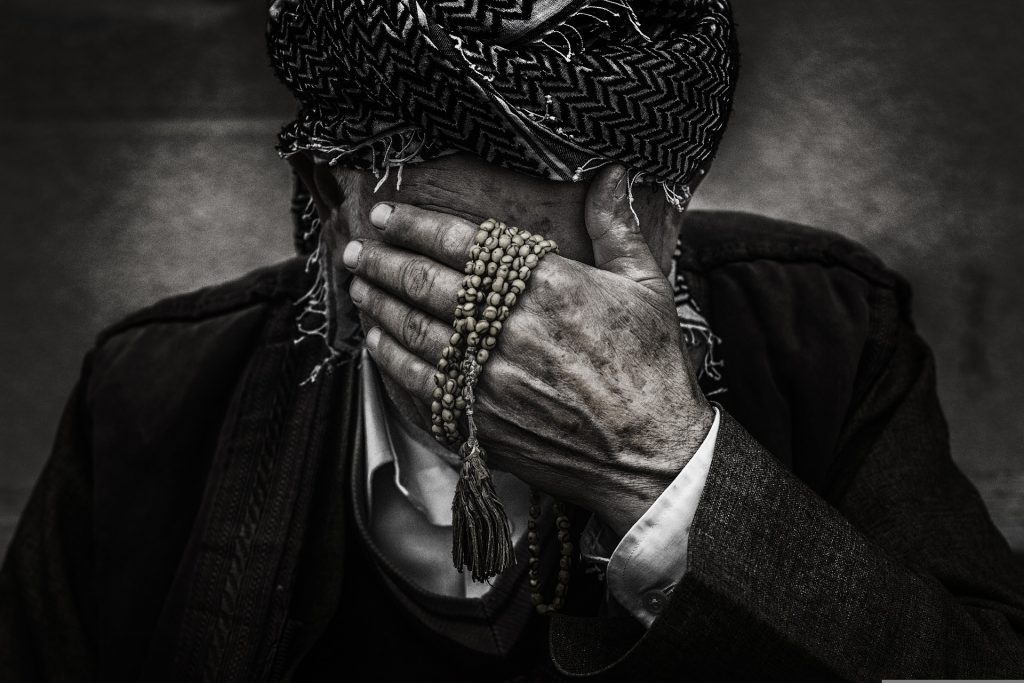Nowadays, it is normal and acceptable to share pictures about your holidays in the Maldives, your new top model car, or maybe your private plane on your social media accounts to get more “likes” and “comments” from others. However, when it comes to recording yourself while visiting a religious place or taking a selfie while doing prayer in an attempt to get a positive response from people, things become critical, and a kind of showing off records its presence.
Showing off is known in Islam by the term “al- Riyaa”, it is the act of offering an act of worship with the intention of making people not only see it but also praise and admire the doer. I recently watched a video about a young Muslim YouTuber who recorded his donation campaign and shared his pictures with the people he had helped. The act received a massive density of comments, and most of them were negative. In one of the comments the words “he could do it in a better way just like X”, and they mentioned the name of another guy who seems to do the same thing, triggered my curiosity to know how this X has done it in a” better way”.
It was not very difficult to find him, Mr. X became already famous but at the same time, his face was not known. He is a young man who travels to help others and records videos to sensitize people, but at the same time, he shows only his back, and even his head was covered with a hoodie. This slight difference in doing it, made the audience focuses on the act rather than the doer. The idea seems to be genius to avoid the trap of showing off, however, there is always a better way to do it. Perhaps, if he also had covered the faces of the people he helped, he would protect their privacy and dignity.

Nadia Saad ist Wissenschaftliche Mitarbeiterin am Paderborner Institut für Islamische Theologie.
#al-Riyaa #Ostentation #Showingoff #Trap #Influencer #Socialmedia
